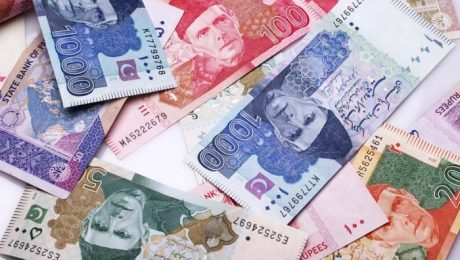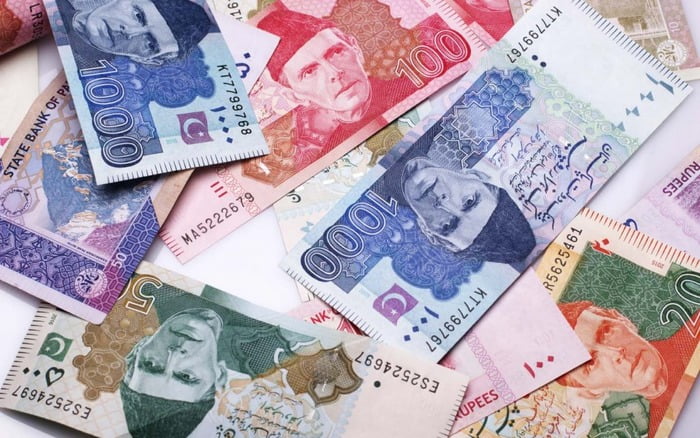Understanding the Different Types of Forex Trading Strategies
Introduction:
The foreign trading market, commonly known as Forex, is a vast and highly liquid financial marketplace where currencies are traded. With an average daily trading volume exceeding $6 trillion, Forex offers tremendous opportunities for individuals and institutions to engage in speculative trading, investment, and risk management. To navigate the complexities of this dynamic market, traders employ a wide range of Forex trading strategies. These strategies are diverse, encompassing various techniques, timeframes, and risk levels, all aimed at capitalizing on price movements and market trends.
What is forex trading:
Forex trading, short for foreign exchange trading, is the act of buying and selling currencies in the foreign exchange market. It is one of the largest and most liquid financial markets globally, where individuals, institutions, banks, corporations, and governments trade currencies against each other. The primary purpose of Forex trading is to profit from the fluctuations in currency exchange rates.
In Forex trading, currencies are always quoted in pairs, such as EUR/USD (Euro/US Dollar), GBP/JPY (British Pound/Japanese Yen), or USD/JPY (US Dollar/Japanese Yen). The first currency in the pair is called the base currency, while the second currency is called the quote currency. The value of a currency pair represents the amount of quote currency required to buy one unit of the base currency.
Forex trading takes place 24 hours a day, five days a week, due to the global nature of the market and the different time zones of major financial centers around the world. The market operates through a network of financial institutions, brokers, and electronic communication networks (ECNs), enabling participants to execute trades electronically.
1. Introduction to Forex Trading Strategies

Forex trading strategies refer to various techniques and approaches used by traders to analyze and execute trades in the foreign exchange market. These strategies aim to capitalize on currency price fluctuations and market trends.
2. Fundamental Analysis Strategies

Fundamental analysis strategies in Forex involve evaluating economic indicators, news events, and central bank policies to assess a currency’s intrinsic value. Traders use this analysis to make informed decisions about potential currency movements in the market.
2.1. News Trading
News trading is a fundamental analysis strategy in Forex where traders make decisions based on the impact of economic news and events on currency values. It involves reacting swiftly to news releases to capitalize on price movements.
2.2. Economic Indicators Analysis
Economic indicators analysis in Forex involves using trading calculator to assess the impact of key economic data on currency pairs. Traders utilize these tools to make informed decisions based on fundamental factors affecting the market.
2.3. Central Bank Policy Analysis
Central bank policy analysis in Forex involves examining the decisions and actions of central banks to gauge their impact on currency values. Traders must be cautious about Forex trade scams when accessing information from unreliable sources.
3. Technical Analysis Strategies

Technical analysis strategies in Forex involve studying historical price data and market patterns to predict future price movements. Traders use various tools and indicators, such as moving averages, candlestick patterns, and support/resistance levels, to identify entry and exit points for profitable trades.
3.1. Trend Following Strategies
Trend following strategies in Forex involves identifying and trading in the direction of established market trends. Traders use technical indicators and chart patterns to confirm trends and ride the momentum for potential profit opportunities.
3.2. Range Trading Strategies
Range trading strategies in Forex involve identifying price levels where a currency pair consolidates within a specific range. Traders look for buy opportunities near support and sell opportunities near resistance to profit from price oscillations within the range.
3.3. Breakout Trading Strategies
Breakout trading strategies in Forex involve identifying key support and resistance levels and entering trades when the price breaks out of these levels. Forex Factory, a popular website, provides traders with real-time market data, economic news, and forums for strategy discussions.
4. Sentiment Analysis Strategies

Sentiment analysis strategies in Forex involve assessing market sentiment to gauge the overall attitude of traders towards a particular currency pair. Traders analyze factors such as news sentiment, social media trends, and market positioning to make informed decisions based on the prevailing market sentiment.
4.1. Contrarian Trading
Contrarian trading in Forex involves taking positions opposite to the prevailing market sentiment. Traders identify overbought or oversold conditions and enter trades against the crowd, aiming to profit from potential market reversals.
4.2. Market Sentiment Analysis
Market sentiment analysis in the Forex market involves assessing the collective attitude of traders towards a currency pair, which influences price movements. Traders use this analysis to gauge sentiment shifts and identify potential trading opportunities.
5. Scalping and Day Trading Strategies
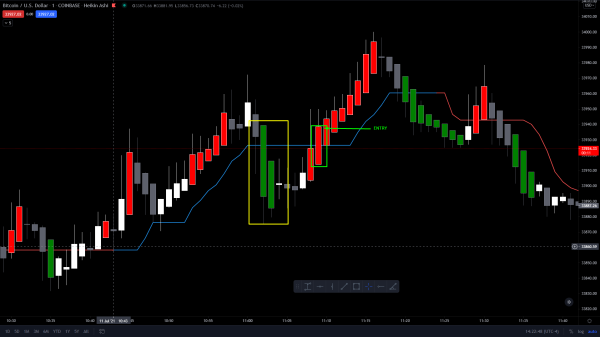
Scalping and day trading strategies in Forex involve executing multiple short-term trades within the same day. Scalpers aim to profit from small price movements, while day traders seek to capture larger intraday price swings. Both approaches require quick decision-making and effective risk management to succeed in the fast-paced Forex market.
5.1. Scalping Techniques
Scalping techniques in Forex currency refer to short-term trading strategies where traders aim to make quick profits from small price movements. Scalpers execute multiple trades throughout the day, holding positions for only a few seconds to minutes.
5.2. Intraday Trading Approaches
Intraday trading approaches in Forex involve executing trades within the same trading day. Traders use various strategies, such as technical analysis, chart patterns, and market indicators, to identify short-term opportunities and capitalize on price movements during the trading session.
6. Swing Trading Strategies
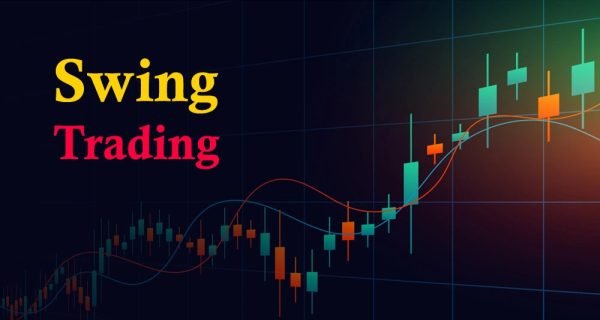
Swing trading strategies in Forex involve holding positions for several days to weeks, capitalizing on price swings within larger trends. Traders use technical analysis, chart patterns, and trend-following indicators to identify entry and exit points, aiming to capture significant price movements and maximize profit potential.
6.1. Fibonacci Retracement
Fibonacci retracement is a popular technical analysis tool used in Forex trading. Traders use Fibonacci levels, derived from a mathematical sequence, to identify potential support and resistance levels, aiding in predicting price corrections and trend continuation.
6.2. Moving Averages Crossover
Moving averages crossover is a technical analysis technique in Forex where two different moving averages, such as the 50-day and 200-day moving averages, intersect. Traders interpret this crossover to identify potential trend reversals or changes in market momentum, helping in making buy or sell decisions.
7. Carry Trade Strategy
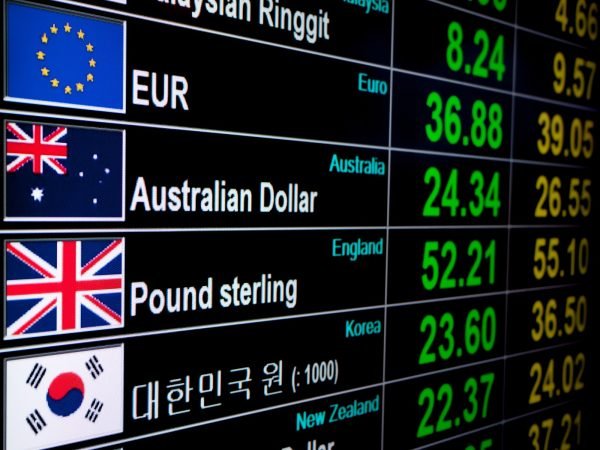
The carry trade strategy in Forex involves taking advantage of interest rate differentials between currencies. Traders borrow money in a low-interest-rate currency, use the funds to invest in a high-interest-rate currency, and profit from the interest rate spread. However, like any Forex strategy, it carries risks, and traders should be cautious when engaging in cargo Forex trading.
8. Position Trading Strategies
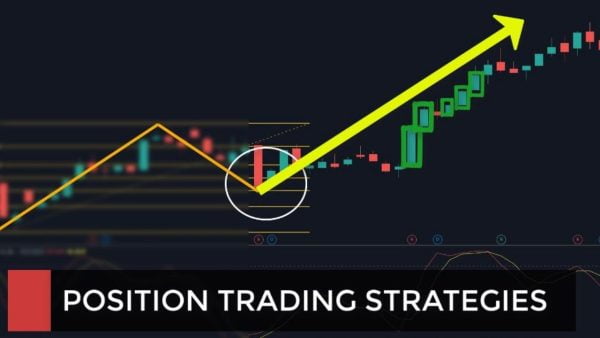
Position trading strategies in Forex involve holding positions for an extended period, ranging from weeks to months or even years. Traders focus on fundamental analysis and long-term market trends, aiming to capitalize on significant price movements and maximize profit potential.
9. Algorithmic Trading and Expert Advisors

Algorithmic trading in Forex involves using computer algorithms to execute trades based on predefined rules and strategies. Expert Advisors (EAs) are automated trading programs that operate within MetaTrader platforms, allowing traders to execute trades automatically and efficiently, based on specific criteria and conditions.
10. Risk Management in Forex Trading

Risk management in Forex trading involves implementing strategies to control and mitigate potential losses. Traders use techniques such as setting stop-loss orders, position sizing, and diversification to protect their capital and maintain long-term profitability.
11. Choosing the Right Strategy for You

When choosing the right Forex trading strategy, considering your risk tolerance, time availability, and expertise is crucial. Traders should also factor in the impact of Forex news on their chosen strategy, as economic events can significantly influence currency movements and may require adaptation or caution in executing trades.
Conclusion
In conclusion, understanding different Forex trading strategies is essential for navigating the dynamic Forex exchange market. Whether employing fundamental, technical, or sentiment analysis, traders can capitalize on various market conditions. Careful consideration of risk management and adapting to Forex news events can enhance success. By choosing a strategy aligned with individual goals and risk tolerance, traders can increase the potential for profitable outcomes in the Forex exchange market. Feeta.pk is a property portal, always exercise caution and do your research when dealing with any property portal or real estate platform.
Understanding the Different Types of Forex Trading Strategies
- Published in Europe, forex, forex, International, Investment, Investment Tips, Investments, uk, USA, viral, Zillow
The History and Description of Pakistani Currency
PAKISTAN GETS 75 RUPEES CURRENCY NOTE ON ITS 75TH BIRTHDAY
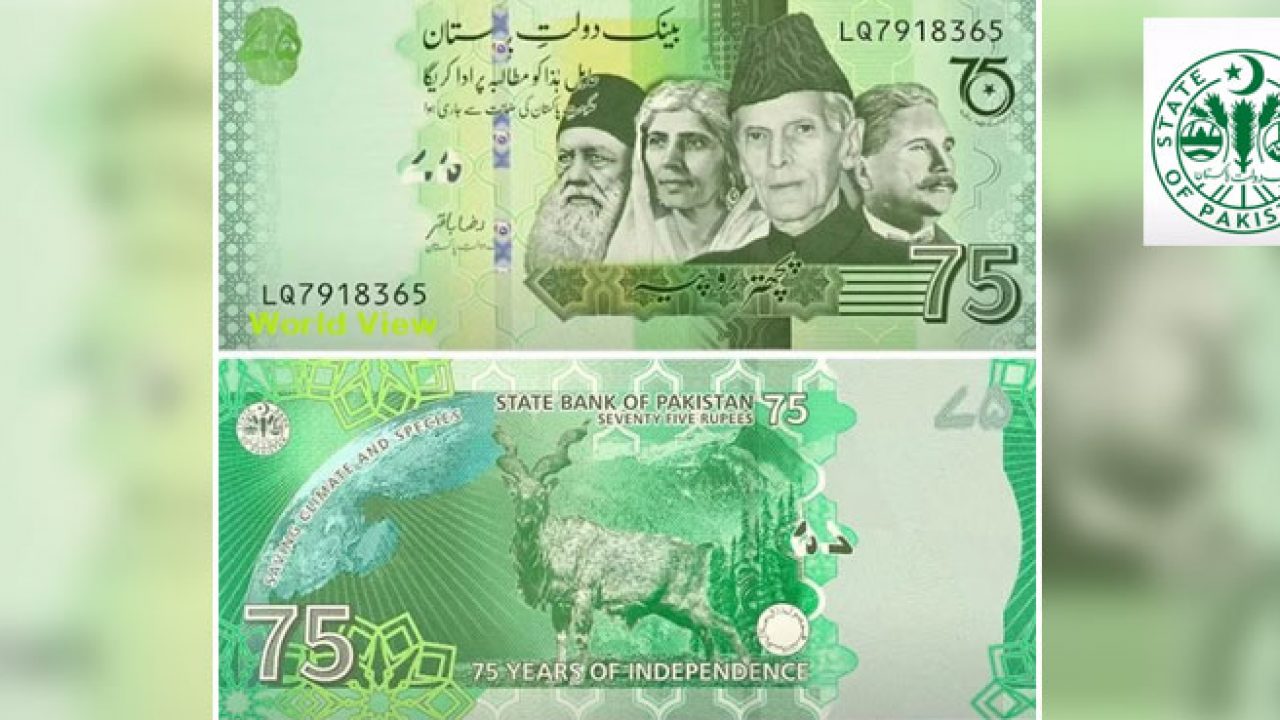
If you are searching for Pakistani Currency, Overall, the public gave a warm welcome to the new denomination. It was acknowledged that the currency would lead to a significant boost in cash flow and economic activity in the country. Furthermore, it was also noted that the banknote’s emerald green color would make it easier for visually impaired people to detect. Taking all things into consideration, Pakistani Twitter users have responded positively to the introduction of the PKR 75 note in terms of its design, past history and future utility.
The value of our currency has decreased steadily over time. But because of efforts from the government, things have improved from 2008 onwards. Our currency is sturdy, durable, and hard to counterfeit, so we can expect it to stick around for the foreseeable future.
HISTORY OF PAKISTANI CURRENCY NOTES
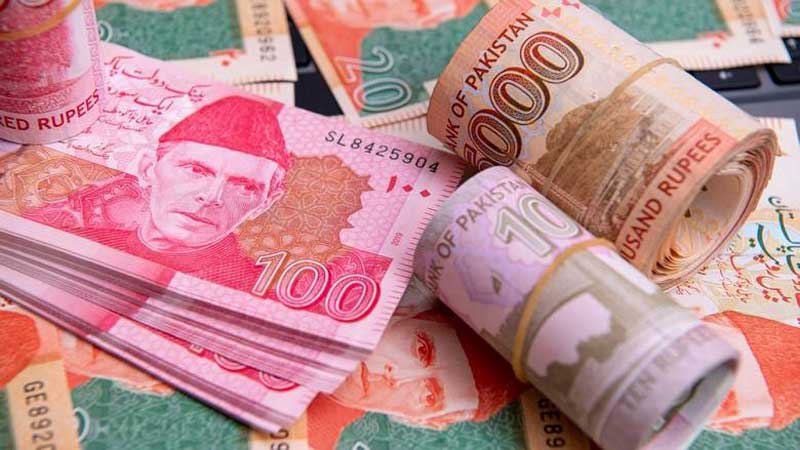
With this monetary agreement, India was permitted to station a limited number of officers in Pakistan. Pakistan also granted India the right to settle trade accounts in Indian currency as well as to buy gold in Pakistan. In 1950, the Indian Rupee was made legal tender in Pakistan.
AFTER 1947
Pakistan is a newly independent country, and therefore, does not have the privilege of participating in or contributing to the economic growth of the whole world. However, it is a developing country and it has enough potential to be a leading member of regional organizations as well as an active participant in the international community.
AFTER THE ESTABLISHMENT OF THE STATE BANK OF PAKISTAN
With Pakistan’s turbulent history and existence as an independent nation for a relatively short period of time, it is no surprise that the country has had more than eight different series, or types, of notes in circulation. Many of the banknotes that have been issued are still used on a regular basis. The 1-Rupee note may have been replaced by coins over the years, but its use will hopefully be revived in the near future.
Pakistani banknotes are going through a process of gradual change in accordance with the directives of the State Bank of Pakistan. The aim of this exercise is to introduce new designs to combat the problem of fake money that is circulating around the country. The latest notes in circulation include: 5 Rupee, 10 Rupee and 100 Rupee available on www.bankofpakistan.org.pk
AFTER THE SEPARATION OF EAST PAKISTAN
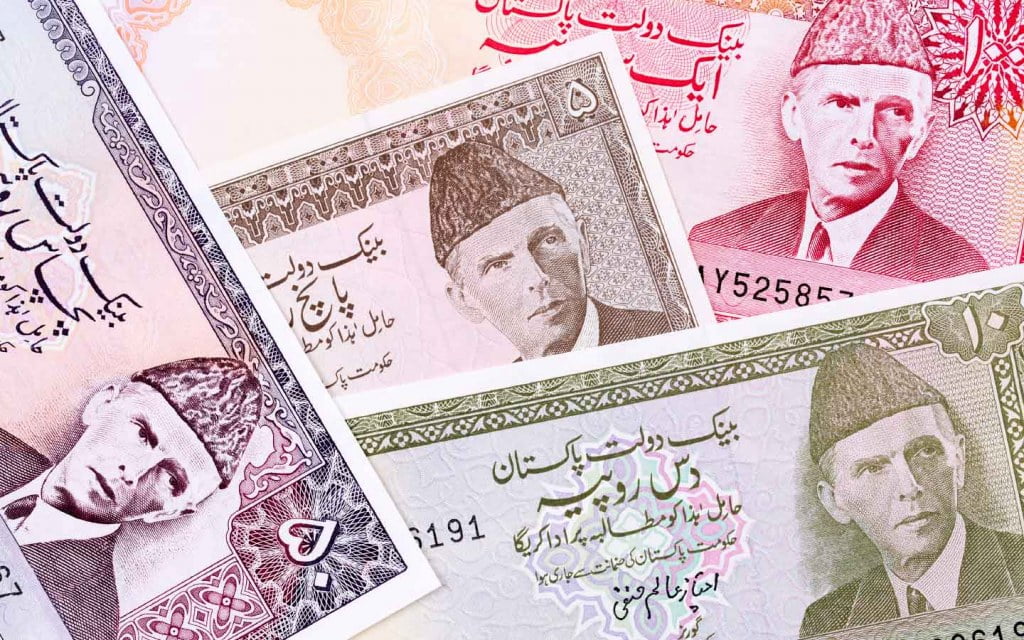
Most people do not really know much about the history of Pakistani currency, or even its specifications. But since it is an important part of our lives, it can be worth knowing a little bit about it. There are many legends about why each denomination has its value, but that is for another day.
Although it has been over a half-century since the first Pakistani currency was released, there are still a lot of people who don’t know about the specifications and history of these notes. In this article, I will be talking about the various types of notes that have been in circulation, describing their features and trying to make sense of some common issues surrounding them.
I hope you’ve enjoyed learning about the notes of Pakistani currency. The notes have gotten more sophisticated over time and the country has even begun issuing commemorative notes to honor its national heroes. I’d like to thank you for reading and I hope that you’ll share this article with others who may be interested in Pakistani currency as well.
HISTORY OF PAKISTANI COINS
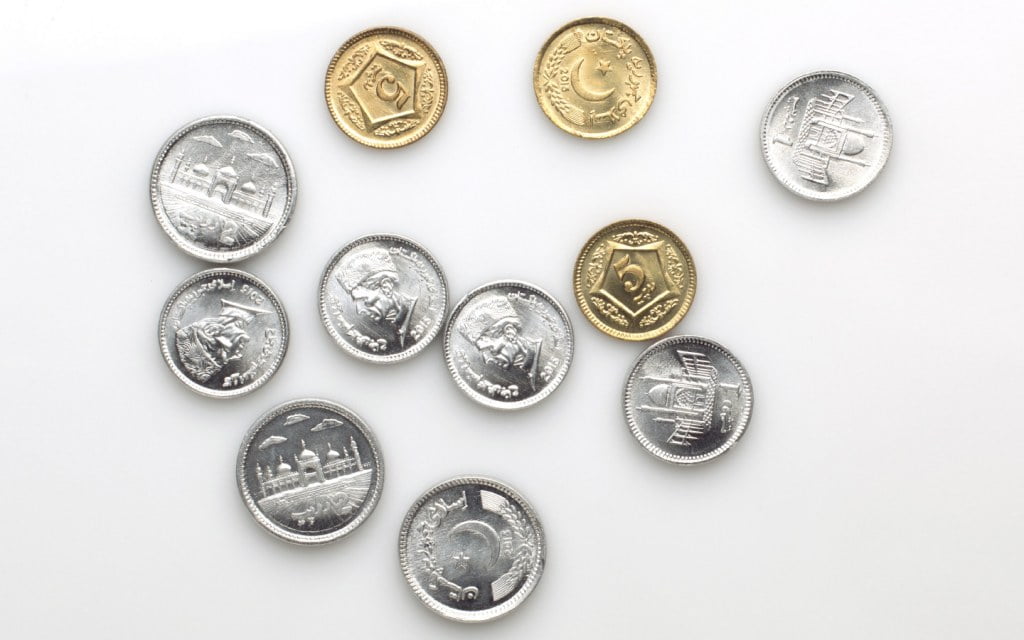
Pakistani currency has a long history that dates back to the 1930s. Its coins have been reformed and modified over time, with their number growing until Pakistan changed over to the metric system, but the average Pakistani is familiar with these coins and is likely to find them in circulation today.
DEPICTIONS ON THE BACKS OF THE NOTES
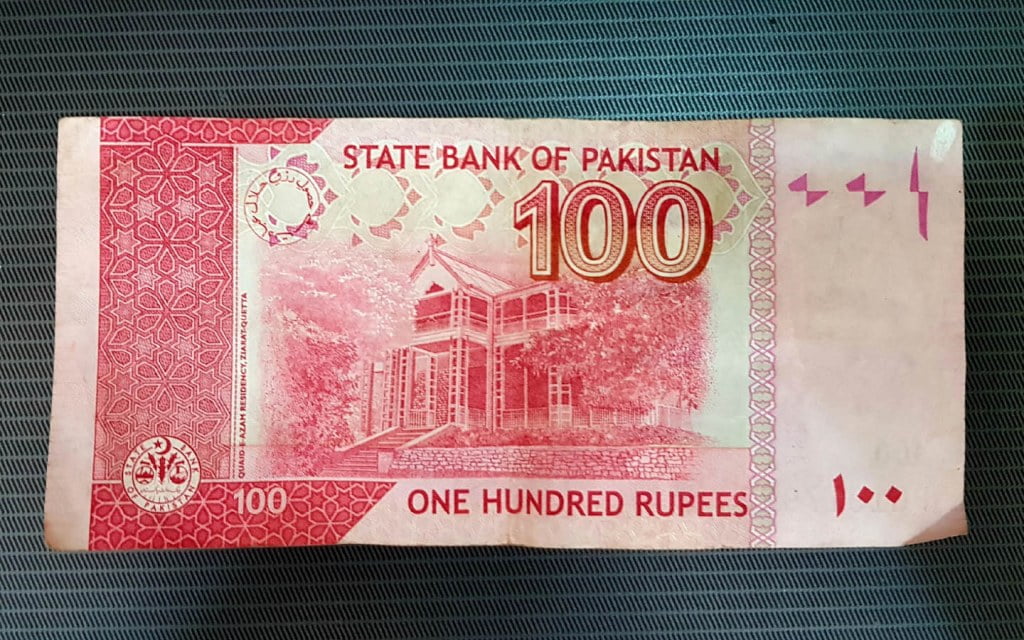
Pakistan is home to an estimated 3 million people, each of whom has a different set of ideals and traditions. The architecture and iconography of Pakistani currency reflect these differences.
PAKISTAN CURRENCY MUSEUM, KARACHI
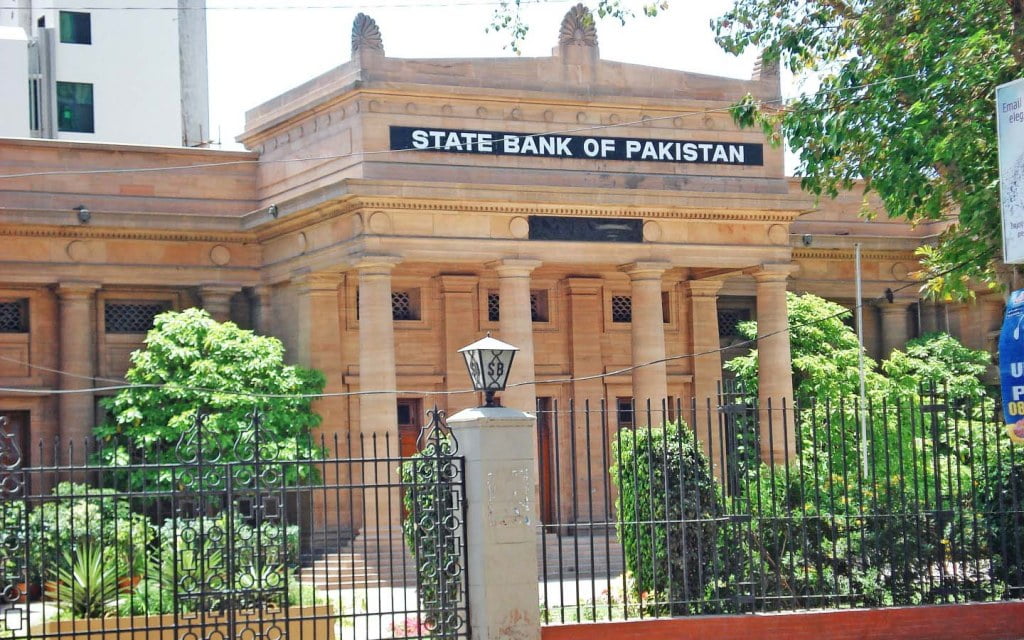
A museum is also a great place for children to come in contact with history, and to learn about money, numbers, and economics. It teaches them about how Pakistan has shaped its currency over the years, what each note looks like and how many of it equals a certain amount. It’s charming that the museum was established in honor of Sir Mohammed Zafarullah Khan. It’s amazing how one man can shape the future of an entire nation.
Hope you enjoyed the Article. For more interesting Articles, visit Feeta Blogs.
The History and Description of Pakistani Currency
- Published in Banking, Market Overview, Marketing, News
HBL, DIBPL join hands to become lead advisors, arrangers for Eighteen
Karachi: HBL and Dubai Islamic Bank Pakistan Limited (DIBPL) have teamed up as required chief advisers and organizers for Eighteen (Elite Estates Pvt. Limited), a luxury residential house located in the twin cities of Islamabad and Rawalpindi.
The initiative is one of the largest union financial projects in the real estate sector with funding of Rs 7.5 billion by a banking consortium in Pakistan. HBL and DIBPL also serve as agents and investment agents respectively. Other members of the consortium include Bank Alfalah, Bank of Punjab, Habib Metro Bank, Industrial and Commercial Bank of China and Soneri Bank.
The agreements were signed by senior members of the consortium including HBL Corporate Head North Uzair Naveed Rabbani, Eighteen Chief Financial Officer (CFO) Aymen Ismail and DIBPL Chief Executive Officer (CEO) Junaid Ahmed. HBL president and CEO Muhammad Aurangzeb also attended the ceremony.
This four-year partnership will facilitate the development of Eighteen, an exclusive joint real estate project by Egypt-based Golden Developers, Saif Group and Kohistan Builders & Developers (KBD) of Pakistan. Located just 10 minutes from the New Islamabad International Airport, the large project occupies a focal place in the twin cities. With the goal of linking sophistication with comfort, Eighteen turns your dream of a luxurious lifestyle into a reality.
Eighteen CEO Tarek Hamdy said, “We thank the participating banks, especially the main organizers HBL and Dubai Islamic Bank, for successfully structuring and closing this important transaction. We believe it will open new financial avenues for real estate developers and help attract more We also thank the Government of Pakistan and the State Bank of Pakistan for helping to create a favorable environment that has really helped real estate like Eighteen to access the local banking market for their financial needs. We remain committed to delivering high quality. life, first of its kind in Pakistan. “
Commenting on the partnership, HBL president and CEO Muhammad Aurangzeb said, “The real estate industry in Pakistan has a lot of potentials and has seen significant growth in recent years. HBL is committed to developing the country’s real estate sector by advising government regulators and policymakers and helping to unite a structured framework to increase the development of this industry. According to the bank’s strategy to increase its footprint in the financial space for developers, HBL as the chief advisor and organizer of Eighteen will help facilitate the channeling of local and international investment in Pakistan. “
DIBPL CEO Junaid Ahmed said, “We are enjoying a strong relationship with Eighteen, which dates back to 2018 when we only arranged a union project financing facility for the first phase of the project. With this transaction, we have further extended our trust. and commitment to the project. Our parent, Dubai Islamic Bank PJSC has played a pivotal role in the UAE’s real estate development. In Pakistan, we are playing our part in helping to unlock the true potential of real estate which is also in line with the vision of the current government. ”
Watch this space for more information on that. Stay tuned to Feeta Blog for the latest updates about Pakistan Real Estate.



